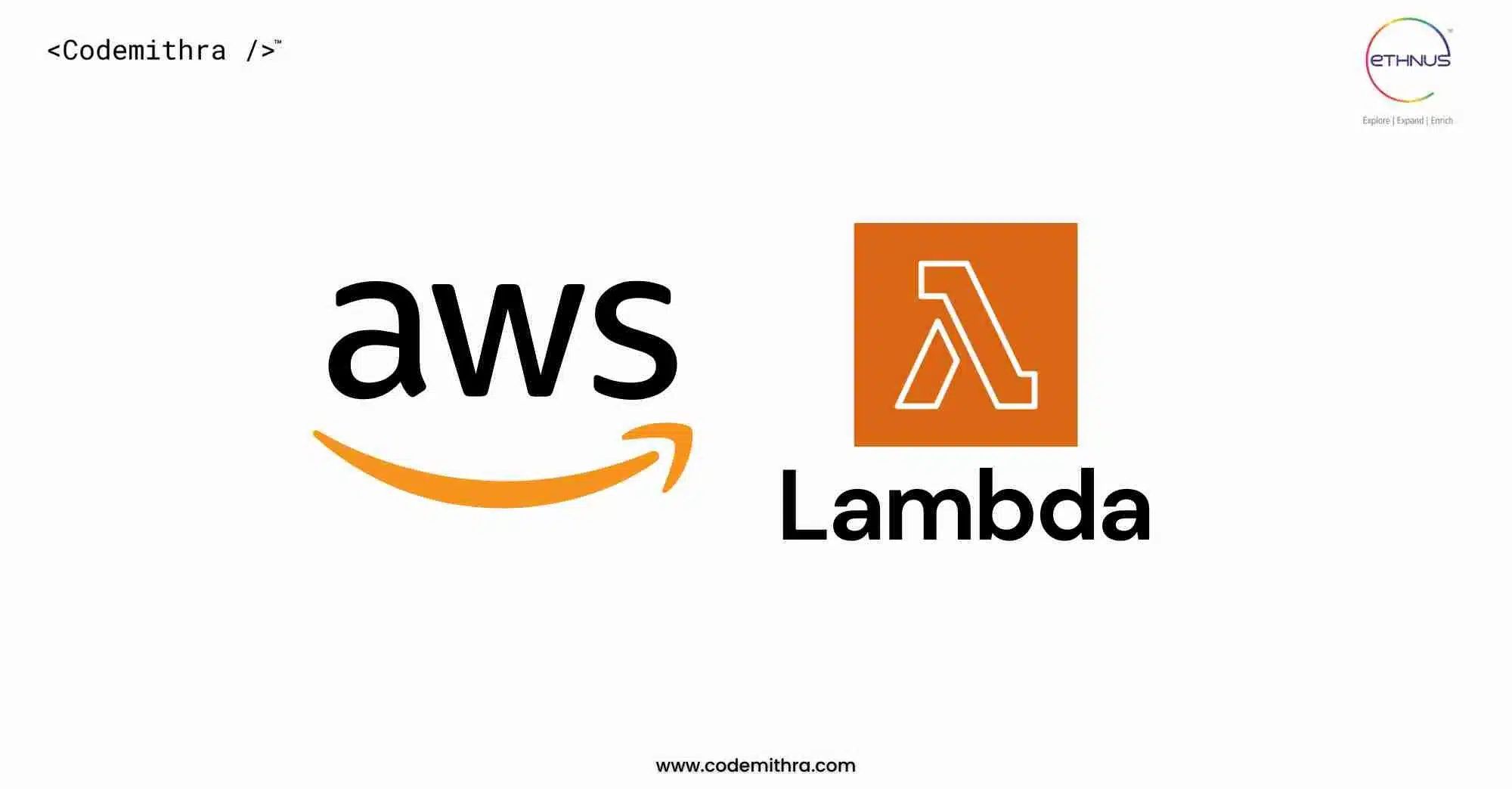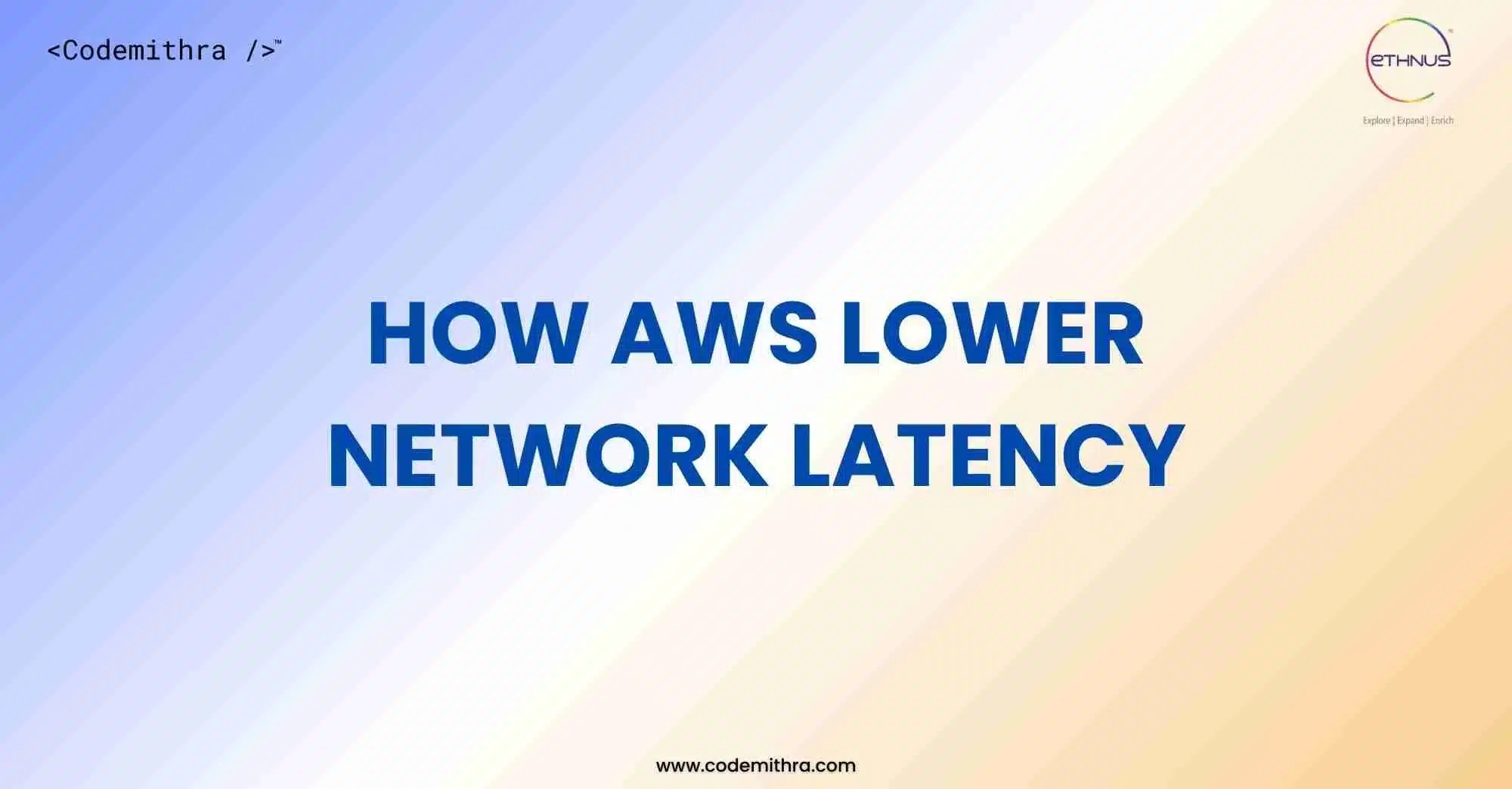
AWS Lambda is a powerful service offered by Amazon Web Services that is used for serverless computing. Developers will be able to run their code without having to manage and provision servers since this service streamlines development and makes applications more scalable and cost effective. In the next guide, we’ll cover how AWS Lambda works, when to use it, what are the key features, and what are the most common use cases.
What is AWS Lambda?
AWS Lambda is a fully managed compute service that allows you to run code in response to events without managing servers. AWS handles the infrastructure, scaling, and logging, so you can focus solely on writing and uploading your code. It enables a “serverless” experience where you deploy applications quickly without worrying about server management.
How AWS Lambda Works
- Fully Managed Compute Service: Run your code in response to events without handling server infrastructure.
- Event-Driven Execution: Code is triggered by events like API calls, file uploads, or database changes.
- No Server Management: AWS handles servers, operating systems, scaling, and logging.
- Focus on Code: You only need to write and upload your code; AWS manages the rest.
- Serverless Experience: Simplifies deployment by removing the complexity of managing servers, enabling faster and easier application deployment.
Key features of AWS Lambda
- Environment Variables: Change function behavior without altering code.
- Versions & Aliases: Manage and track function releases easily.
- Container Images: Use custom dependencies and large libraries with container images.
- Layers: Package external libraries for efficient deployment.
- Extensions: Add monitoring, security, and observability tools.
- Private Networking: Run functions in a private VPC for added security.
- Function URLs: Create dedicated HTTP(S) endpoints for easy integration.
- Concurrency & Scaling: Auto-scales based on traffic, ensuring high availability and low latency.
Why use AWS Lambda?
Applications which require rapid scalability and are needed to scale down when there is low demand are the best for the use of AWS Lambda. This makes it just the right fit for applications where specific tasks are only required based on specific triggers like file uploads, data streams, and API requests. Lambda can support the following workloads generally:
- File Processing: This activates Lambda functions in real-time based on uploading files to Amazon S3.
- Real-Time Data Streaming: Leverage Lambda with Amazon Kinesis to process real-time data streams sourced from events, such as transactions or clickstream analysis.
- Scalable Web Applications: Develop web applications that dynamically scale resources based on application needs.
- Back-ends for Mobile and IoT Applications: Leverage Lambda for backend processing for mobile applications, IoT devices, or third-party APIs.
Benefits of Serverless Computing using AWS Lambda
Serverless computing is a complete game-changer for developers. It has numerous benefits compared to what most traditional cloud computing deployments offer.
There is no configuration needed to create, scale, and manage the servers. AWS Lambda handles all this in the background.
- Charge: This service charges you only for the resources your function consumes. There is no running cost while the function is idle. For most applications, therefore, it is a great choice.
- Automatic Scaling: Lambda automatically adjusts to the number of requests that it must handle, so it can scale seamlessly from real-time demand.
Common Use Cases for AWS Lambda:
AWS Lambda is best suited to those applications with swift-running, self-contained tasks. Among the most common use cases, some of them are:
- Building scalable APIs: Lambda integrates with API Gateway to create APIs that scale demand. Each request will be routed to the appropriate Lambda function, and the service scales automatically as traffic fluctuates.
- Data Processing: It’s perfect for real-time data processing. For instance, it can automatically trigger functions when there’s an update in a DynamoDB database, which becomes handy when doing things like notifications, counters, and analytics.
- Backend Tasks Automation: Lambda serves as the backbone of the backend services therefore, processes requests from web and mobile applications without requiring a dedicated server infrastructure.
- IoT Backends: AWS Lambda is useful for processing IoT device data and managing the underlying backend services powering IoT ecosystems. It handles very large volumes of requests that IoT applications make.
Use Lambda for scheduled tasks, like a database backup or periodic data processing at fixed times which replaces the traditional cron jobs but does not need to manage servers.
Conclusion
The process of creating scalable applications is simplified through the elimination of server management in AWS Lambda. The core application logic can be simply written, and AWS will take care of the rest. Whether you’re discussing web applications, mobile applications, data streams processing, or management of your IoT backend, all these require a cost-effective and ultra-scalable solution provided by serverless architecture in Lambda. This is a very powerful service that gives developers features, ranging from flexible, responsive, to efficient cloud applications. Using Lambda will allow modern application building and ensure the automatic scaling of demand while only paying for used resources.
FAQs
- How do I run my code on AWS Lambda without having to worry about servers?
All AWS Lambda manages servers for you automatically scaling with demand and charging only when your code is running.
- Under what conditions should I use AWS Lambda for tasks like data processing or building APIs
AWS Lambda is great for real-time data processing, uploading files, and creating APIs because it will automatically run your code when events happen and scales to fit.
- Does AWS Lambda work with other AWS services for my application?
Yes. It integrates well with services like Amazon S3, DynamoDB, and API Gateway, which will automate jobs and help you develop awesome applications without the management of servers.



